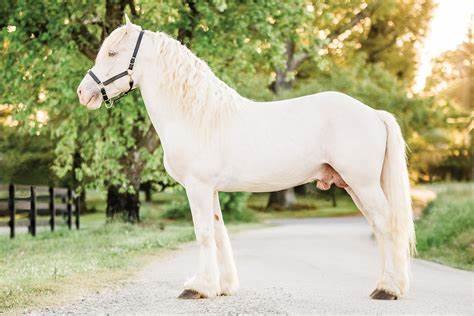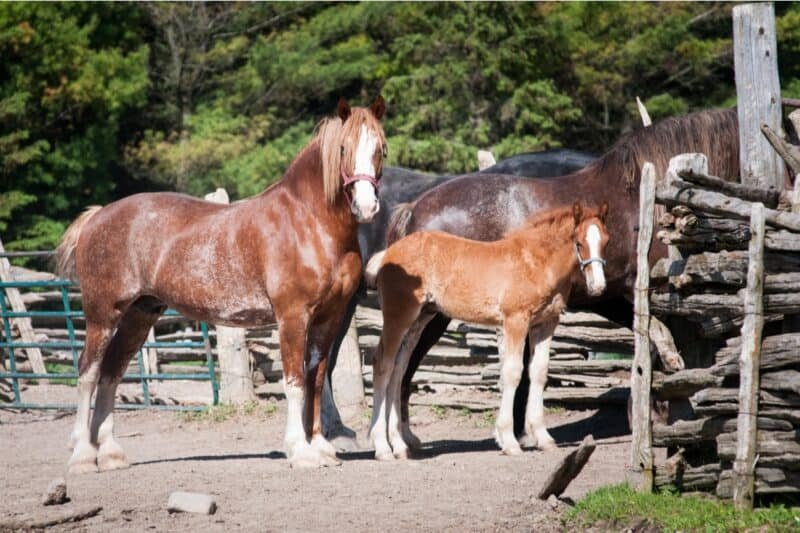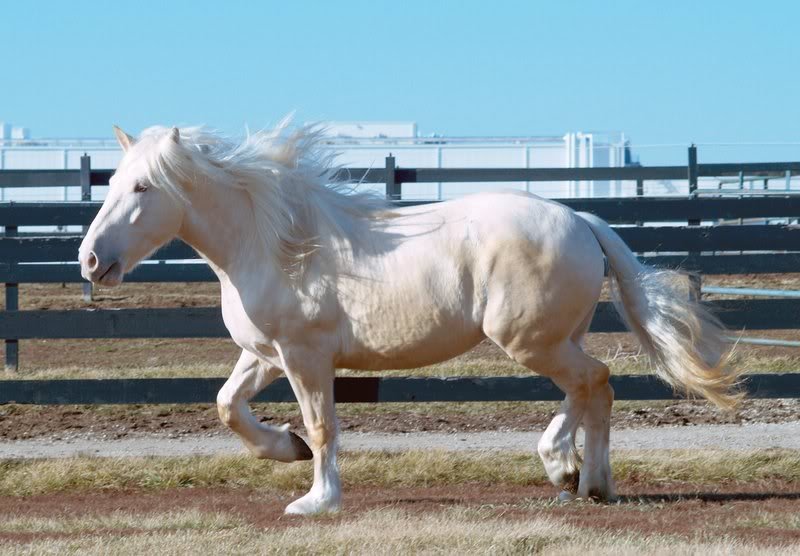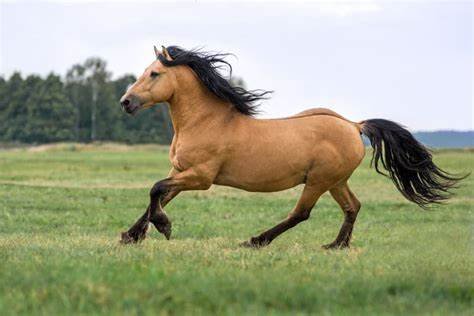Training cream draft horses for both work and show can be an exciting yet challenging experience. These majestic animals are known for their strength and calm demeanor. However, like all horses, they require proper training to excel in various tasks, whether it’s pulling heavy loads or performing at competitions. In this guide, we’ll cover the essential aspects of training cream draft horses for work and show. By following these steps, you can ensure they are prepared for any task at hand.

Understanding Cream Draft Horses: Key Characteristics
Cream draft horses are known for their unique color and impressive size. While these horses may differ in appearance, they share similar traits with other draft breeds. They possess a calm temperament, making them ideal for work and show. Before beginning training, it’s important to understand their physical and mental characteristics. These horses typically have strong, muscular builds and a gentle nature, which makes them adaptable to a variety of tasks.
A crucial part of training any draft horse is establishing trust and communication. Building a strong bond with your horse will create a foundation for successful training. You must focus on consistent handling, patience, and positive reinforcement to help your cream draft horse thrive in its work and show roles.
Preparing Your Cream Draft Horse for Work
Training a cream draft horse for work starts with the basics. These horses are traditionally used for tasks like pulling carts, plowing fields, and hauling materials. To begin, ensure your horse is comfortable with basic commands, such as stopping, starting, and turning. Use gentle cues and reward them when they respond correctly.
Start with light work, gradually increasing the load or complexity of tasks as your horse becomes more confident and skilled. It’s important to teach your horse to handle different types of equipment, such as harnesses and carts. Training your cream draft horse for work requires patience and consistency, but with time, they will learn to perform these tasks efficiently.
Training for Show: Preparing Your Horse for Competitions
Training your cream draft horse for show requires a different approach than training for work. Show events often focus on the horse’s appearance, movement, and obedience. First, focus on grooming and presentation. Your horse should be well-groomed, with a shiny coat and neatly trimmed mane and tail. Regular brushing and bathing help keep your horse looking its best.
In addition to grooming, show training involves teaching your horse to move gracefully in front of judges. Start with basic groundwork to ensure your horse can walk, trot, and canter smoothly. Work on leading your horse in a straight line and performing controlled turns. The goal is to have your cream draft horse show off its best qualities, from strength to agility, during the competition.
Maintaining Your Cream Draft Horse’s Health During Training
Proper care and health maintenance are essential during training. Overworking your horse can lead to injuries and fatigue, so it’s important to balance training with rest periods. Make sure your cream draft horse has a balanced diet that supports its physical demands. Regular vet checkups and monitoring for any signs of stress or discomfort are also crucial.
Furthermore, don’t neglect the mental well-being of your horse. A positive environment during training is key to maintaining motivation and focus. Use gentle, calm training methods to avoid overwhelming your horse, and always reward good behavior.
Tips for Success in Work and Show Training
When training cream draft horses for both work and show, consistency is key. Create a training schedule that balances work, rest, and play. Always start with the basics, whether you’re preparing for a show or teaching your horse to pull. Use positive reinforcement and keep training sessions short to maintain your horse’s focus and energy.
It’s also helpful to work with a professional trainer or attend clinics that specialize in draft horse training. These resources can provide valuable insights and tips to help you refine your techniques.
Conclusion
Training cream draft horses for work and show is a rewarding endeavor, but it requires time, patience, and proper care. Whether you’re preparing for heavy farm work or an elegant competition, understanding your horse’s needs and abilities will help guide your training process. Remember to focus on building a strong foundation, maintain a balanced approach, and always reward progress. With dedication, your cream draft horse will excel in both work and show settings.











